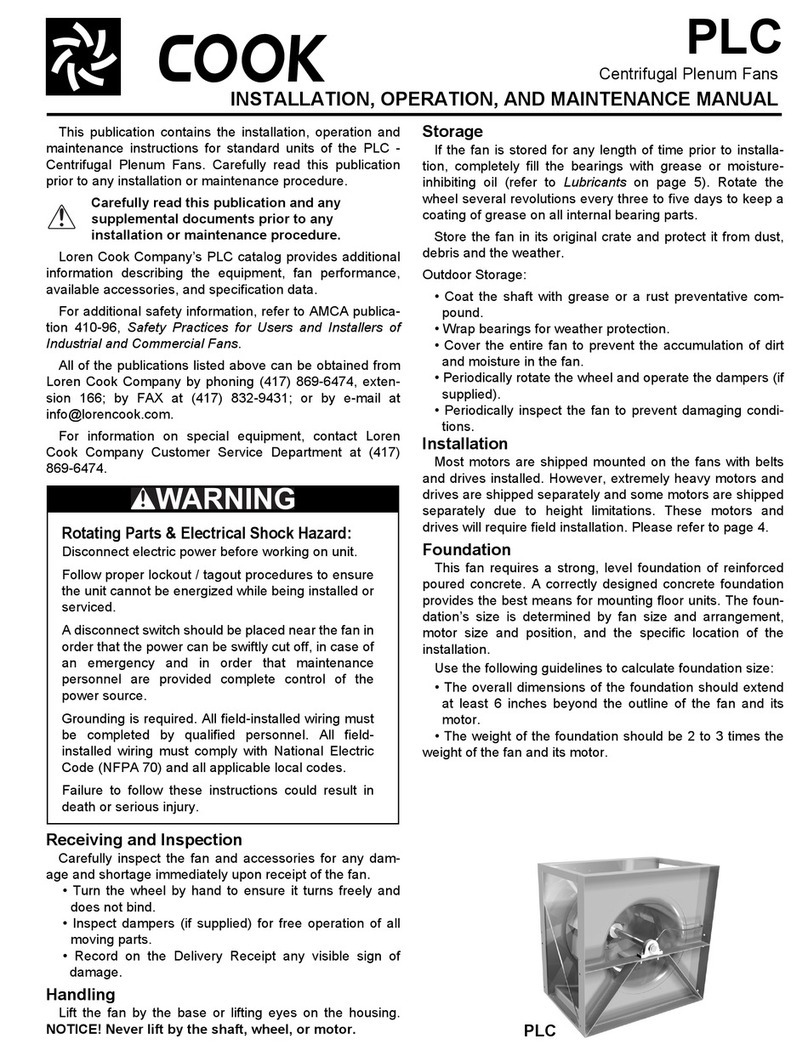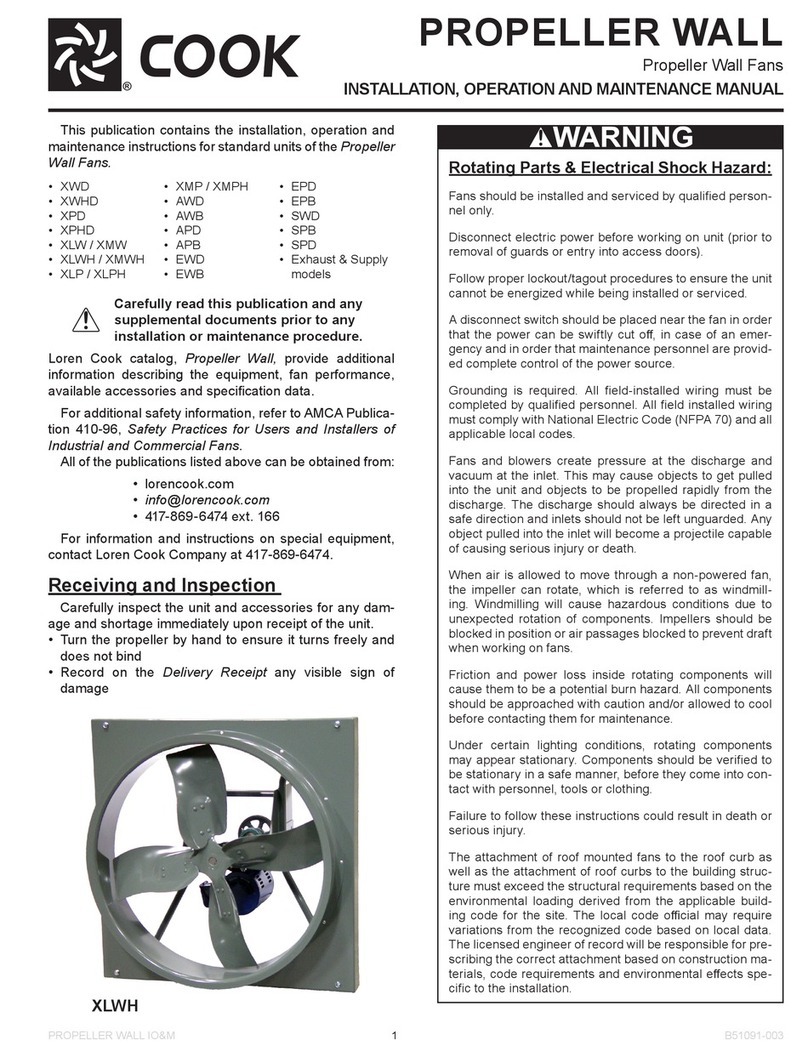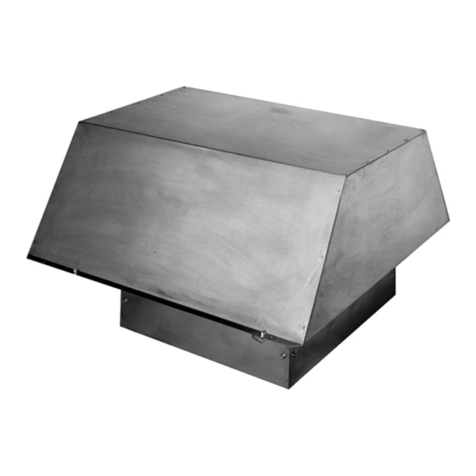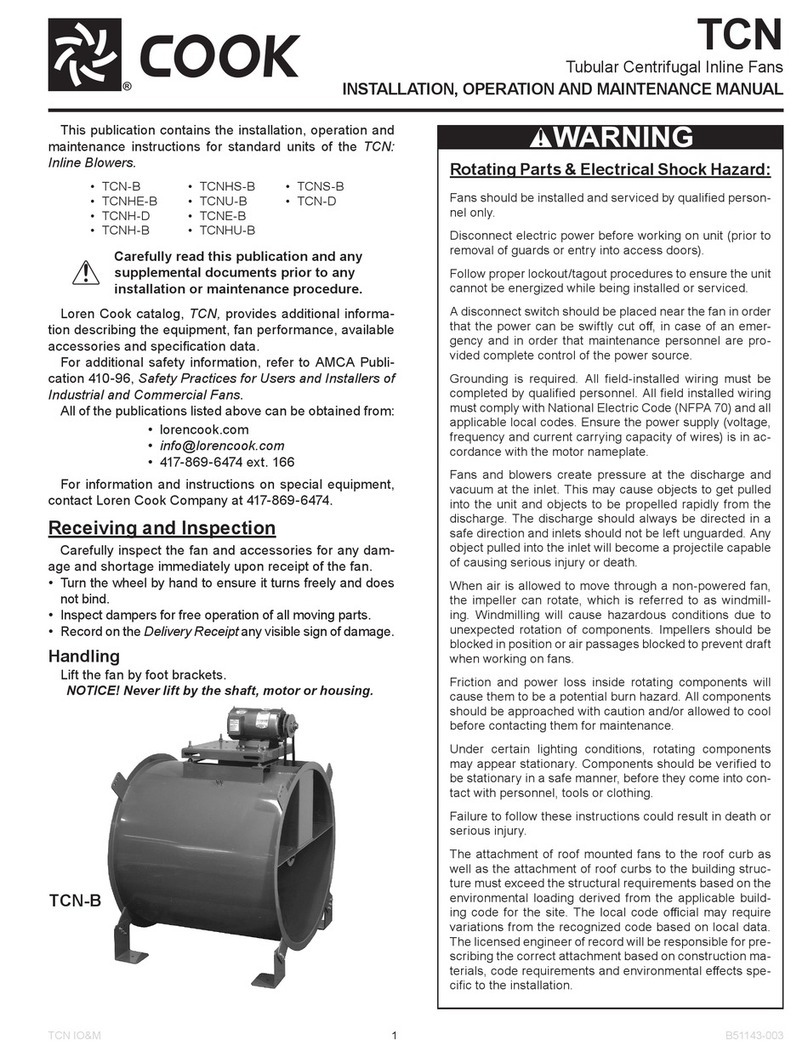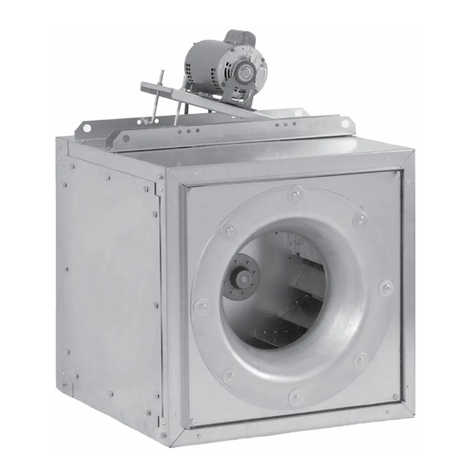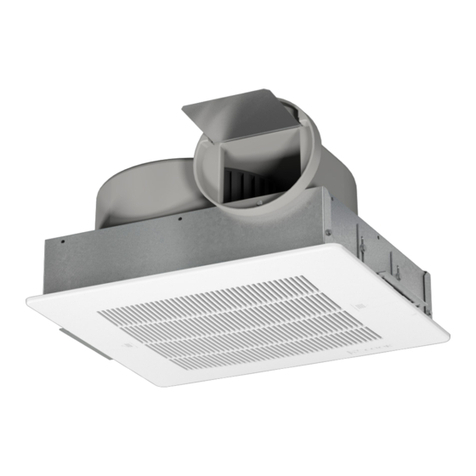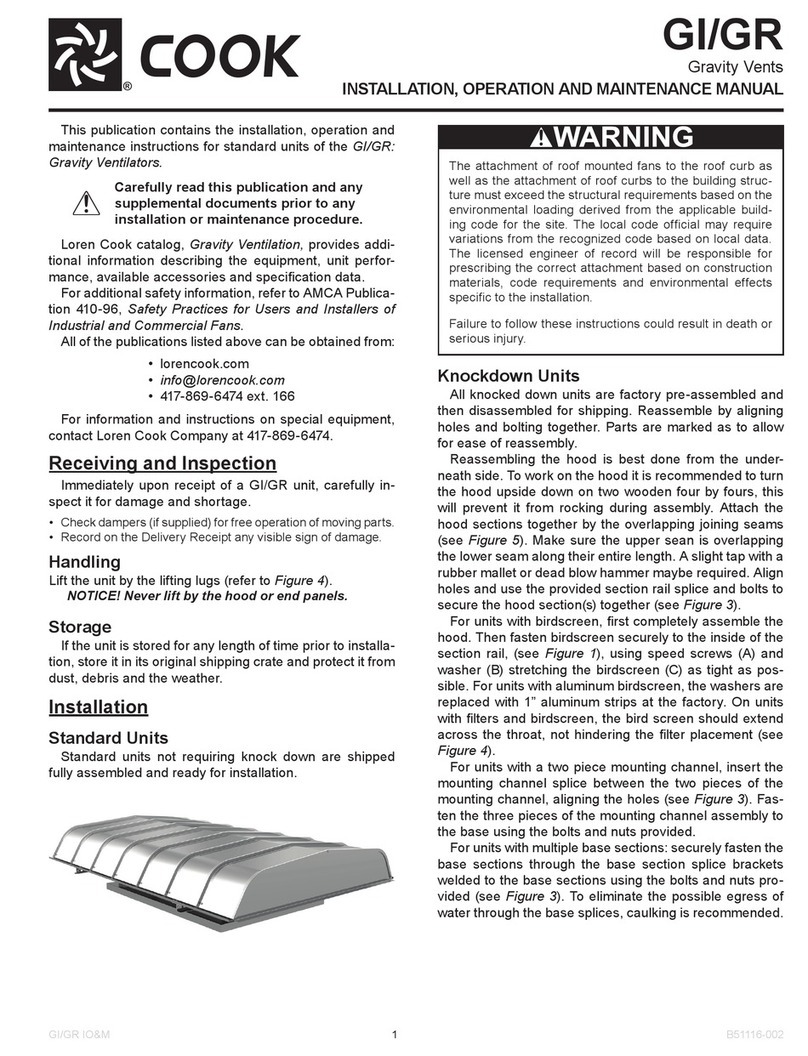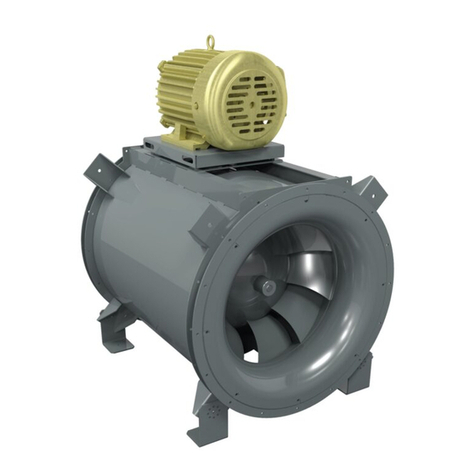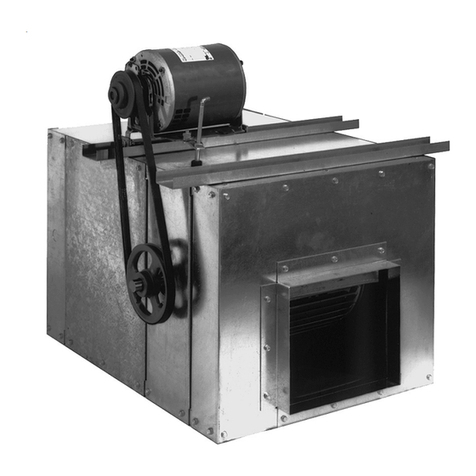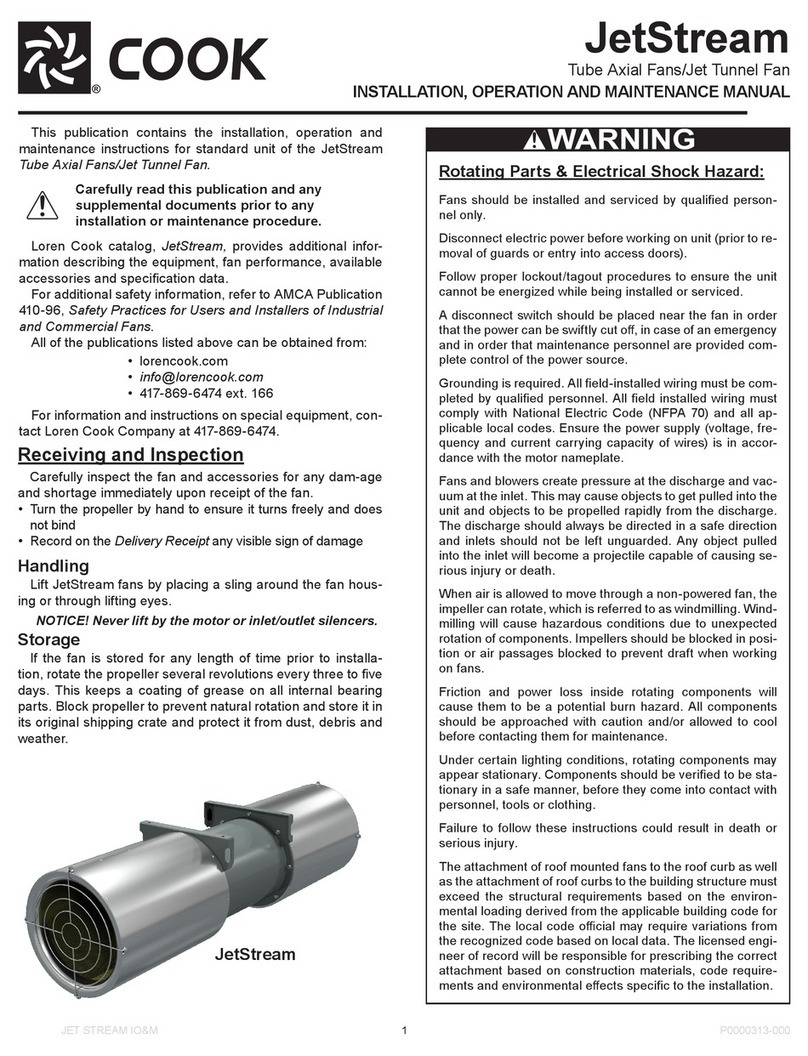
MPA IO&M B51223-005
MPA
Modular Plenum Array
Installation, Operation, and Maintenance Manual
This publication contains the installation, operation and
maintenance procedures for standard units of the MPA:
Modular Plenum Array.
Carefully read this publication and any
supplemental documents prior to any
installation or maintenance procedure.
Protect yourself and others by observing all safety
information. Failure to comply with instructions could result
in personal injury and/or property damage. For information
and instructions on special equipment, contact Loren Cook
Company at (417) 869-6474.
General Safety
Only qualied personnel should install the fan. Personnel
should have a clear understanding of these instructions and
should be aware of general safety precautions. Improper
installation can result in electric shock, possible injury due
to coming in contact with moving parts, as well as other
potential hazards.
Important Guidelines:
• Follow all local electrical and safety codes, as well as
the National Electrical Code (NEC) and the National Fire
Protection Agency (NFPA), where applicable. In Canada,
follow the Canadian Electric Code (CEC).
• The rotation of the impeller is critical. It must be free to rotate
without striking or rubbing any stationary objects.
• Motor must be securely mounted and adequately grounded.
• Do not operate fan impeller faster than max catalogued fan
rpm. Adjustments to fan speed signicantly eects motor
load. If the fan speed is changed, the motor current should be
checked to be sure it is not exceeding the motor nameplate
amps.
• Do not allow the power cable to kink or come in contact with
oil, grease, hot surfaces, or chemicals. Replace power cable
immediately if damaged.
• Verify that the power source is compatible with the equipment.
Receiving and Inspection
Carefully inspect the fan and accessories for any damage
and shortage immediately upon receipt of fan. All Cook
products are carefully constructed and inspected before
shipment to insure the highest quality and performance.
• Turn the wheel by hand to ensure it turns freely and does
not bind.
• Compare all components with the bill of lading or packing
list to verify that the proper unit was received.
• Check each unit for any damage that may have occurred
in transit.
• Record on the Delivery Receipt any visible sign of
damage.
Rotating Parts & Electrical Shock Hazard:
Fans should be installed and serviced by qualied personnel only.
Disconnect electric power before working on unit (prior to removal of
guards or entry into access doors).
Follow proper lockout / tagout procedures to ensure the unit cannot be
energized while being installed or serviced.
A disconnect switch should be placed near the fan in order that the
power can be swiftly cut o, in case of an emergency and in order that
maintenance personnel are provided complete control of the power
source.
When servicing the fan, the motor may be hot enough to cause pain or
injury. Allow motor to cool before servicing
Grounding is required. All eld-installed wiring must be completed by
qualied personnel. All eld installed wiring must comply with National
Electric Code (NFPA 70) and all applicable local codes.
Fans and blowers create pressure at the discharge and vacuum at the
inlet. This may cause objects to get pulled into the unit and objects to
be propelled rapidly from the discharge. The discharge should always
be directed in a safe direction and inlets should not be left unguarded.
Any object pulled into the inlet will become a projectile capable of
causing serious injury or death.
When air is allowed to move through a non-powered fan, the impeller
can rotate, which is referred to as windmilling.Windmilling will cause
hazardous conditions due to unexpected rotation of components.
Impellers should be blocked in position or air passages blocked to
prevent draft when working on fans.
Friction and power loss inside rotating components will cause them
to be a potential burn hazard. All components should be approached
with caution and/or allowed to cool before contacting them for
maintenance.
Under certain lighting conditions, rotating components may appear
stationary. Components should be veried to be stationary in a
safe manner, before they come into contact with personnel, tools or
clothing.
Failure to follow these instructions could result in death or serious
injury.






